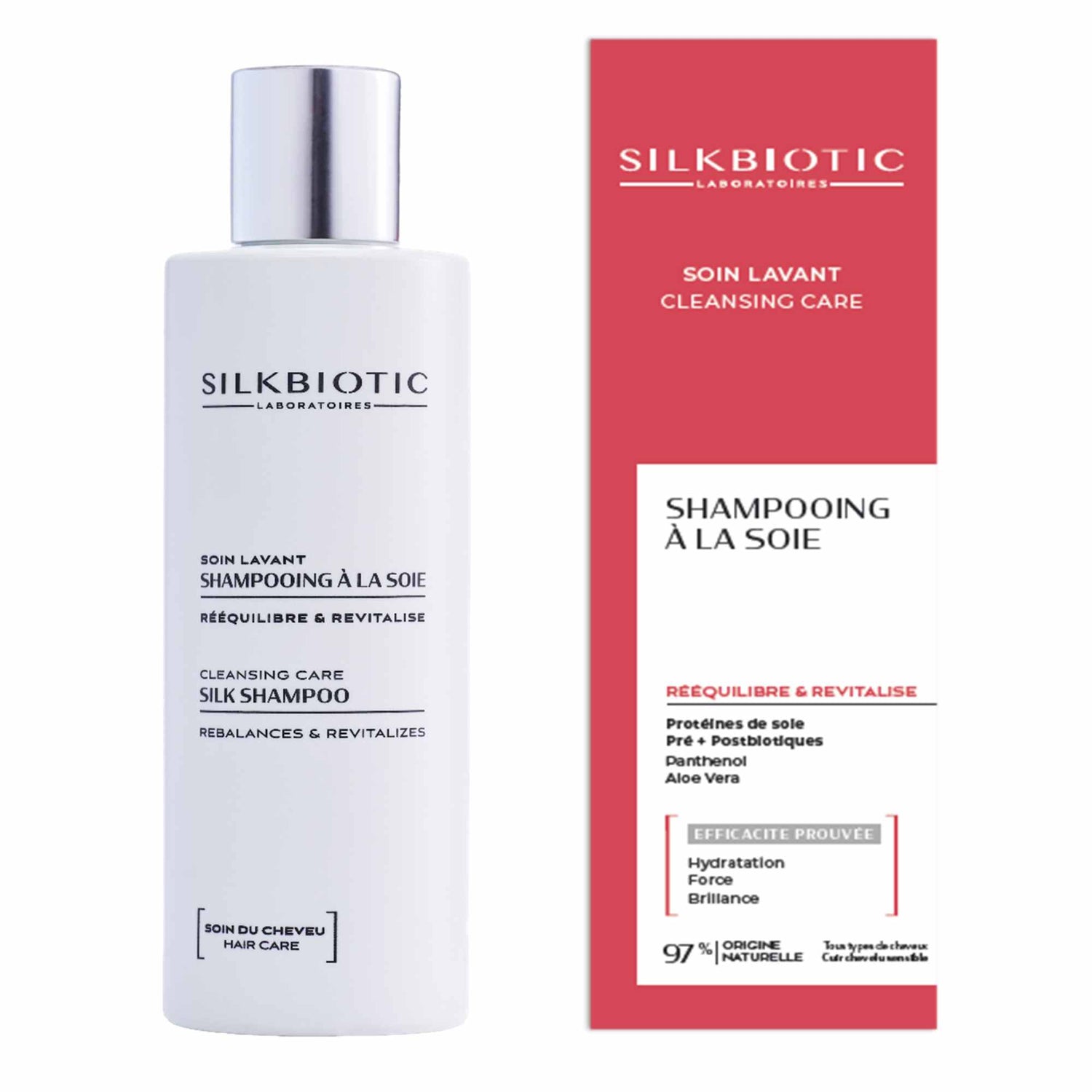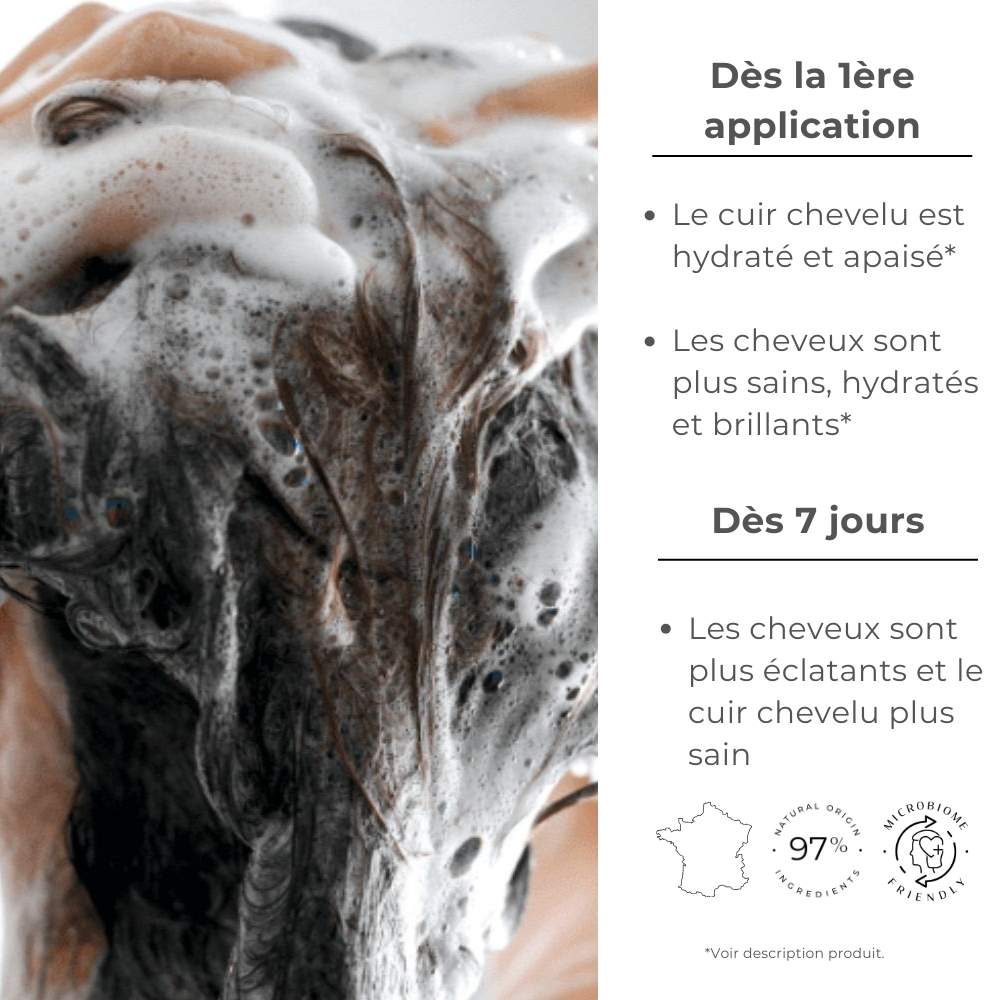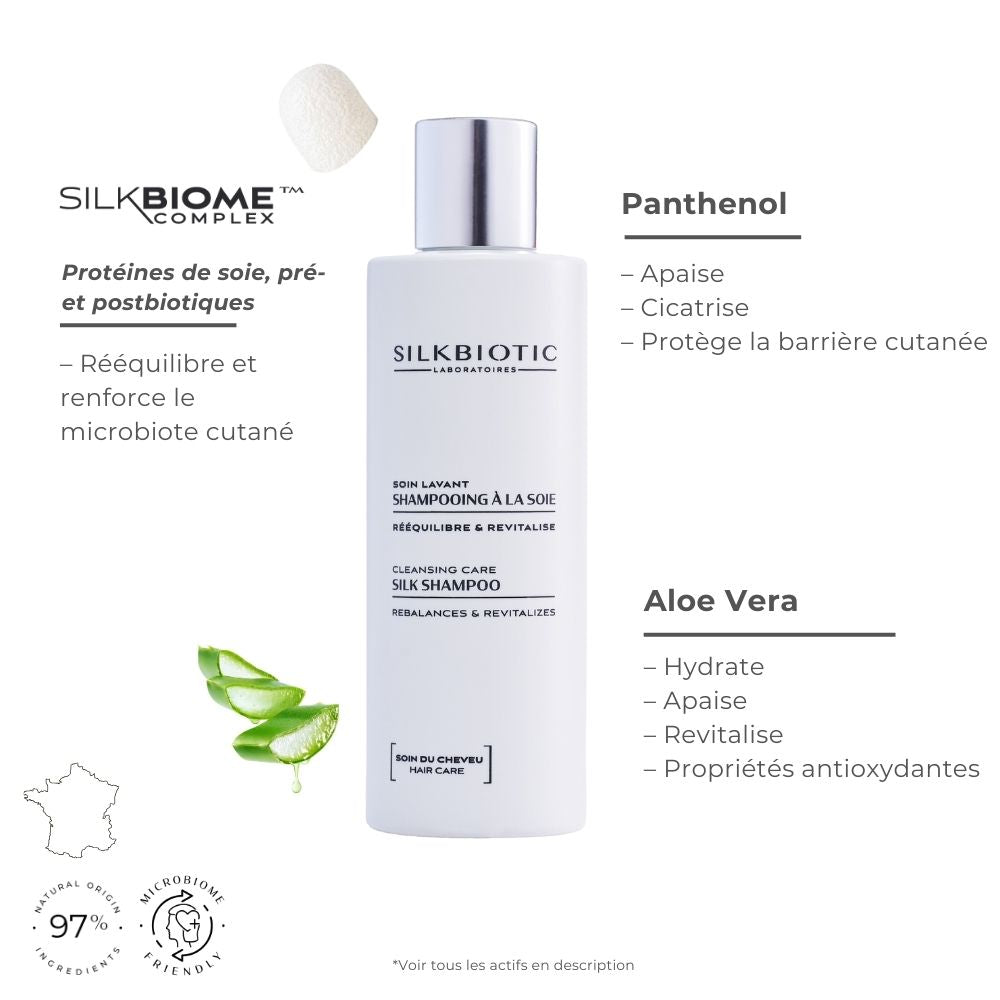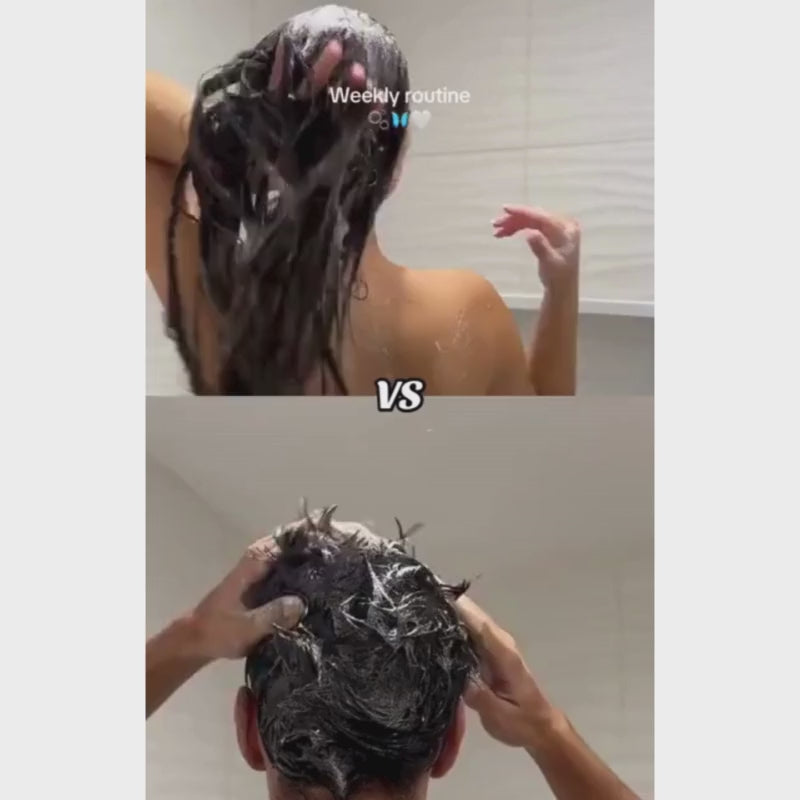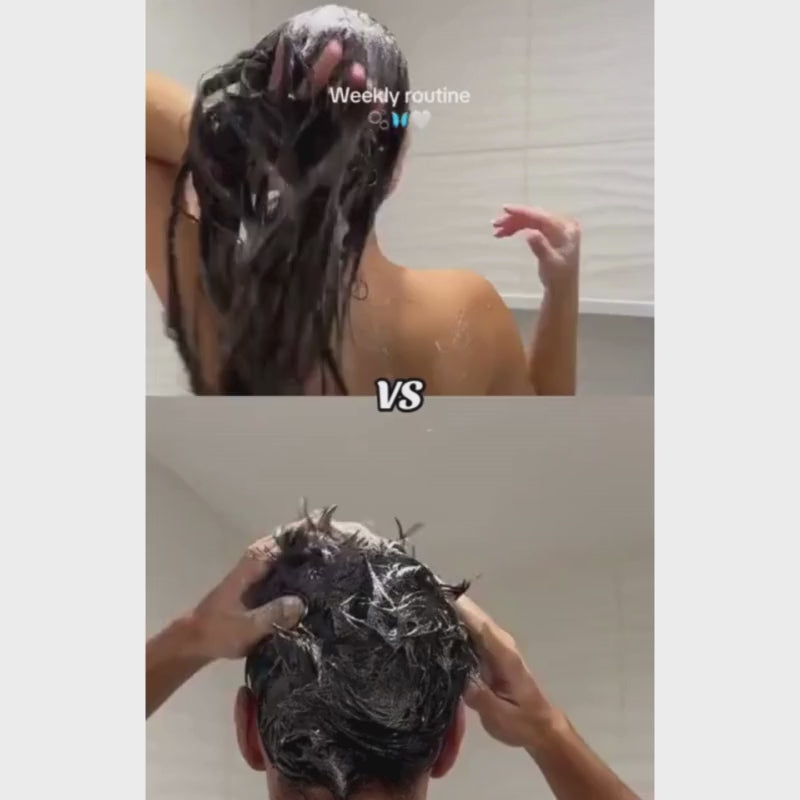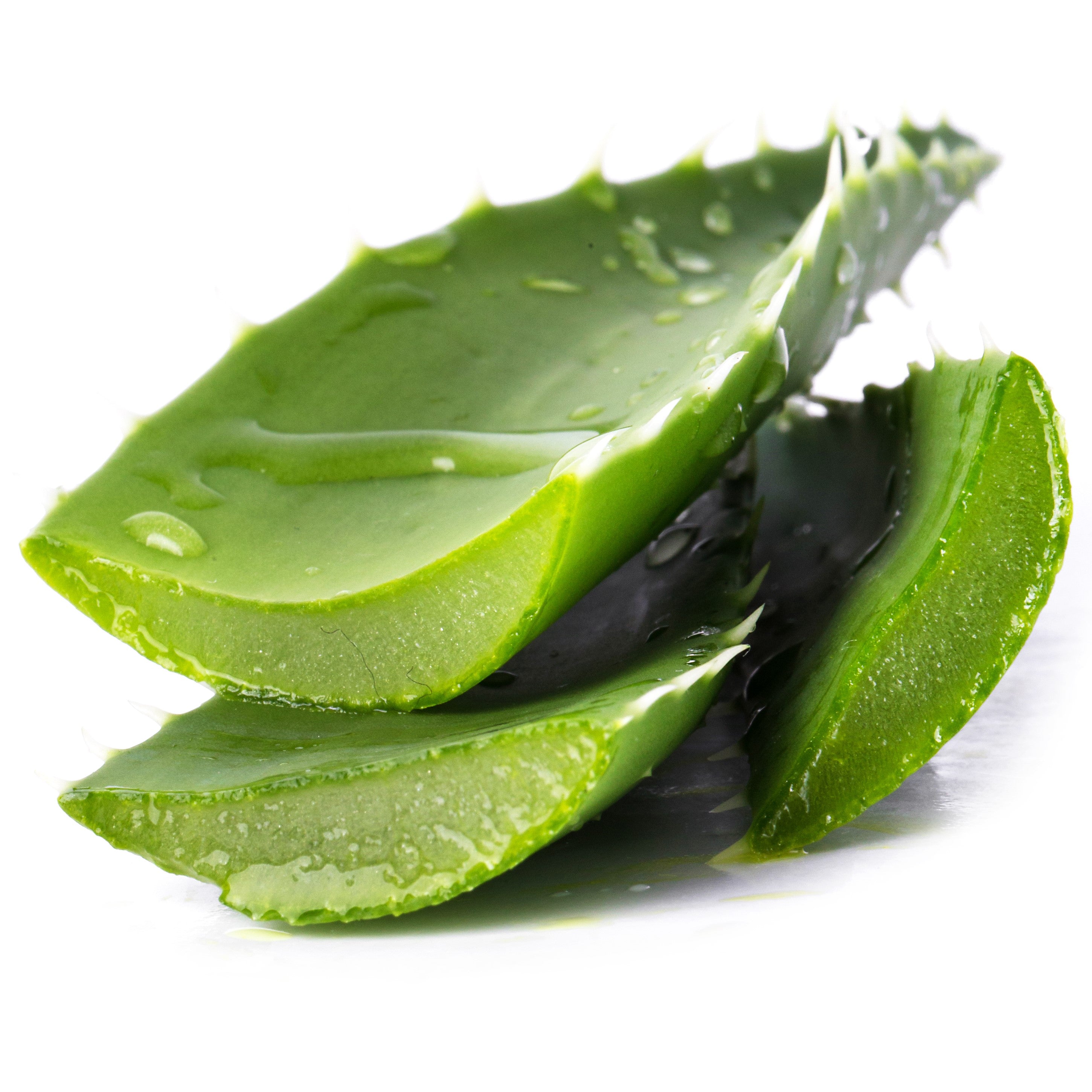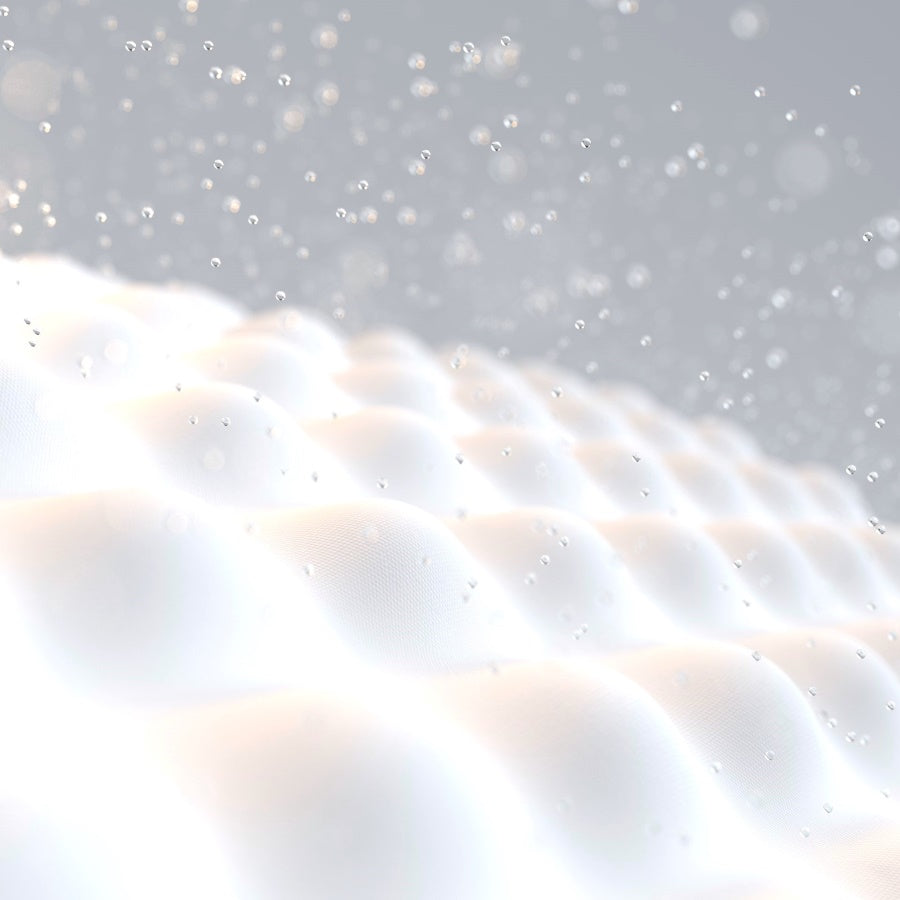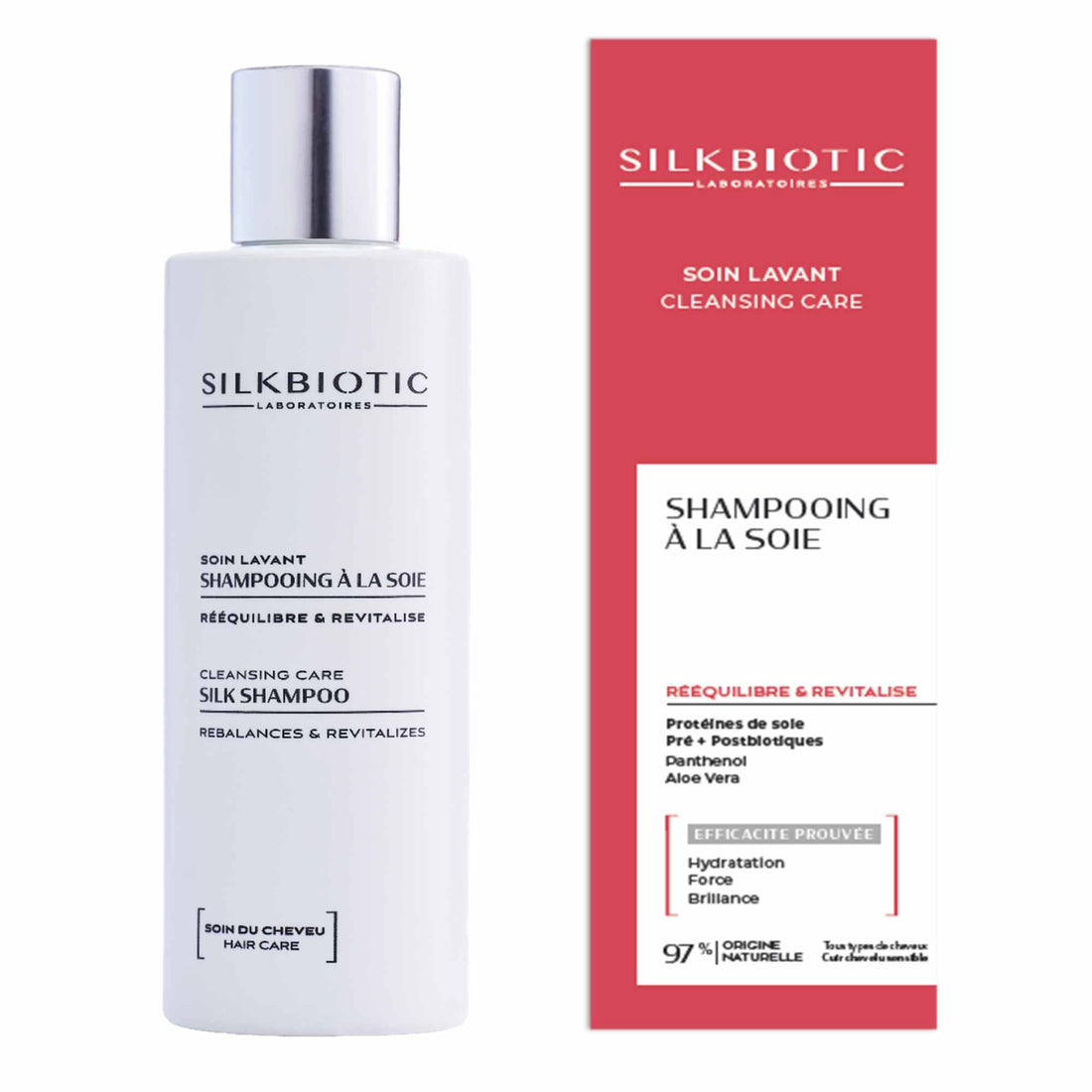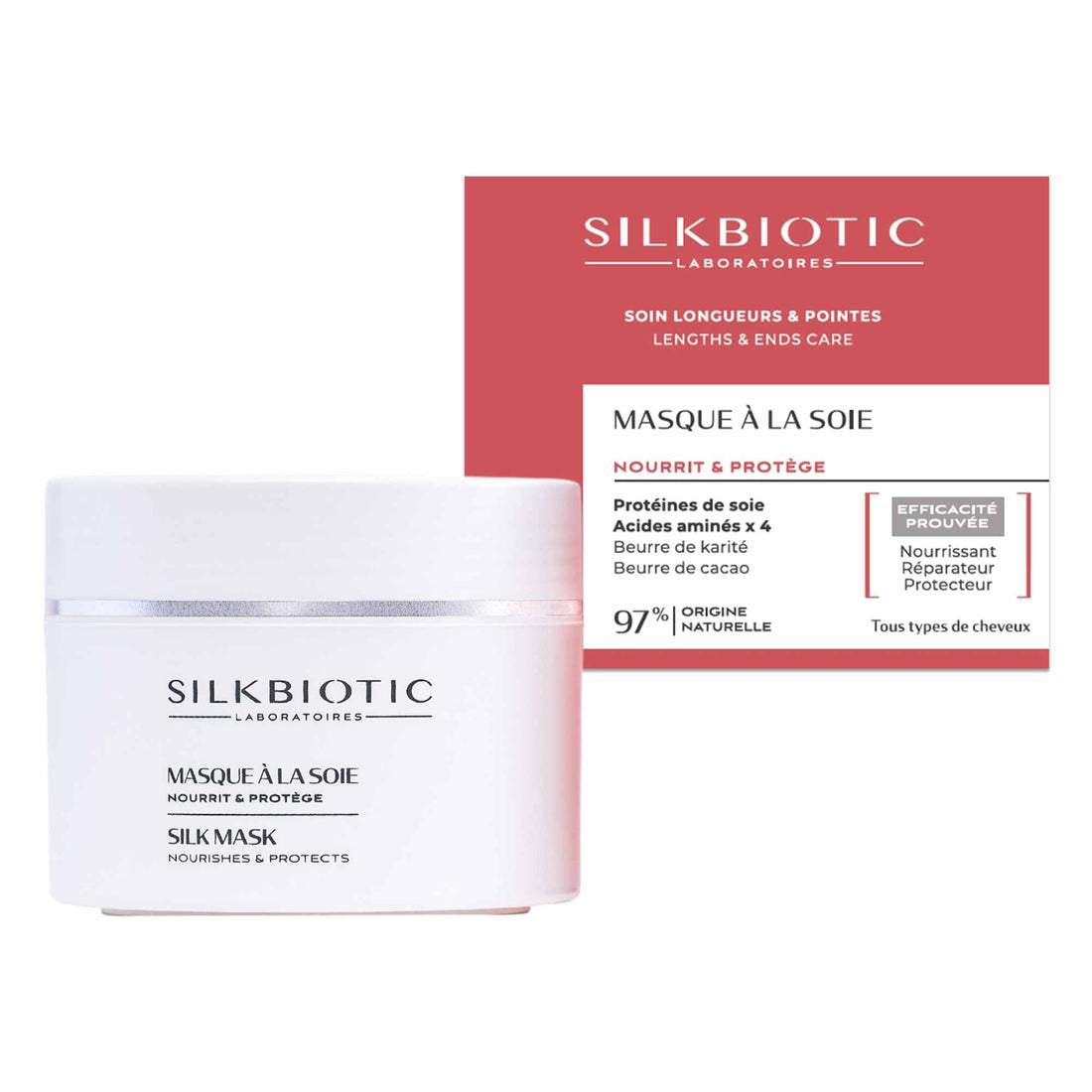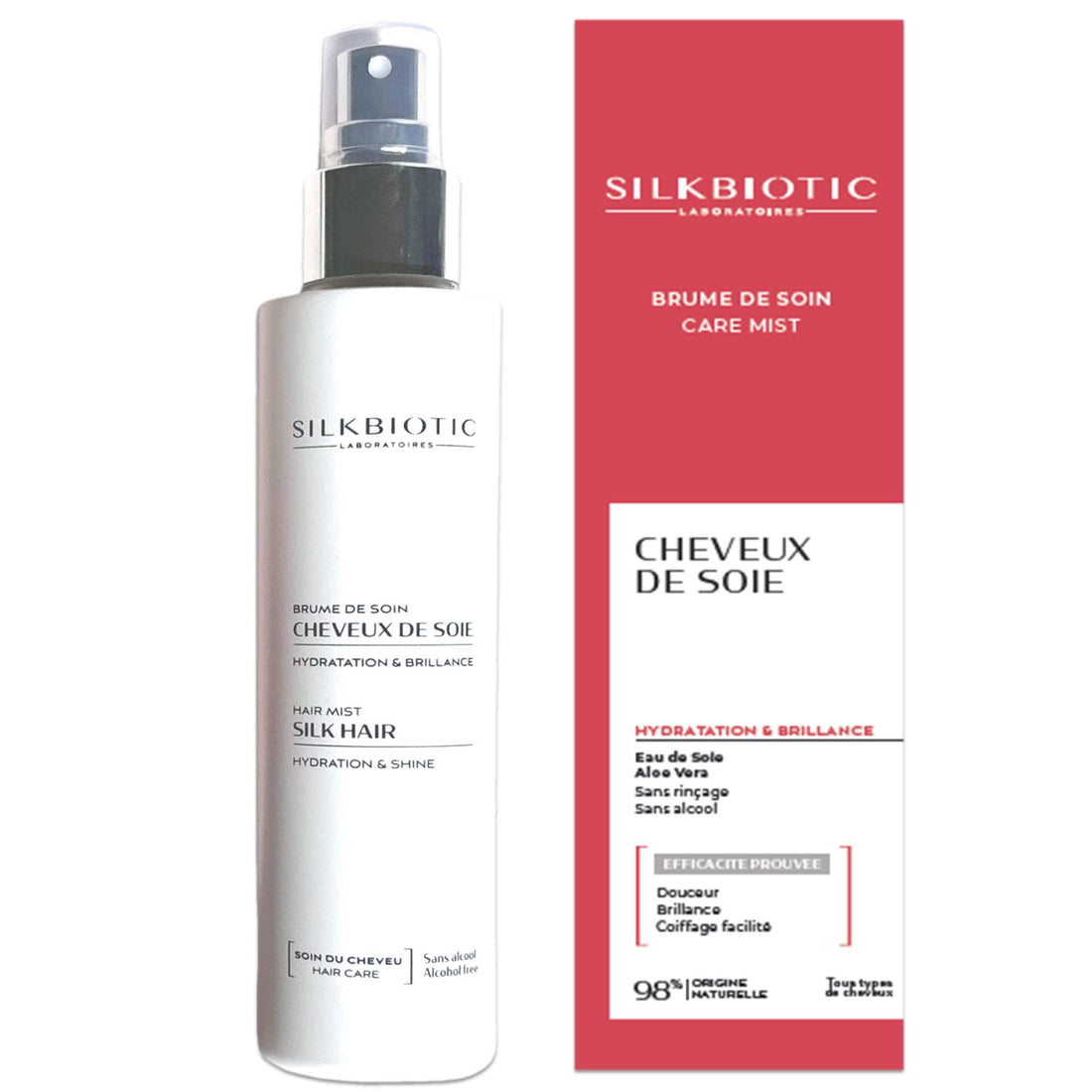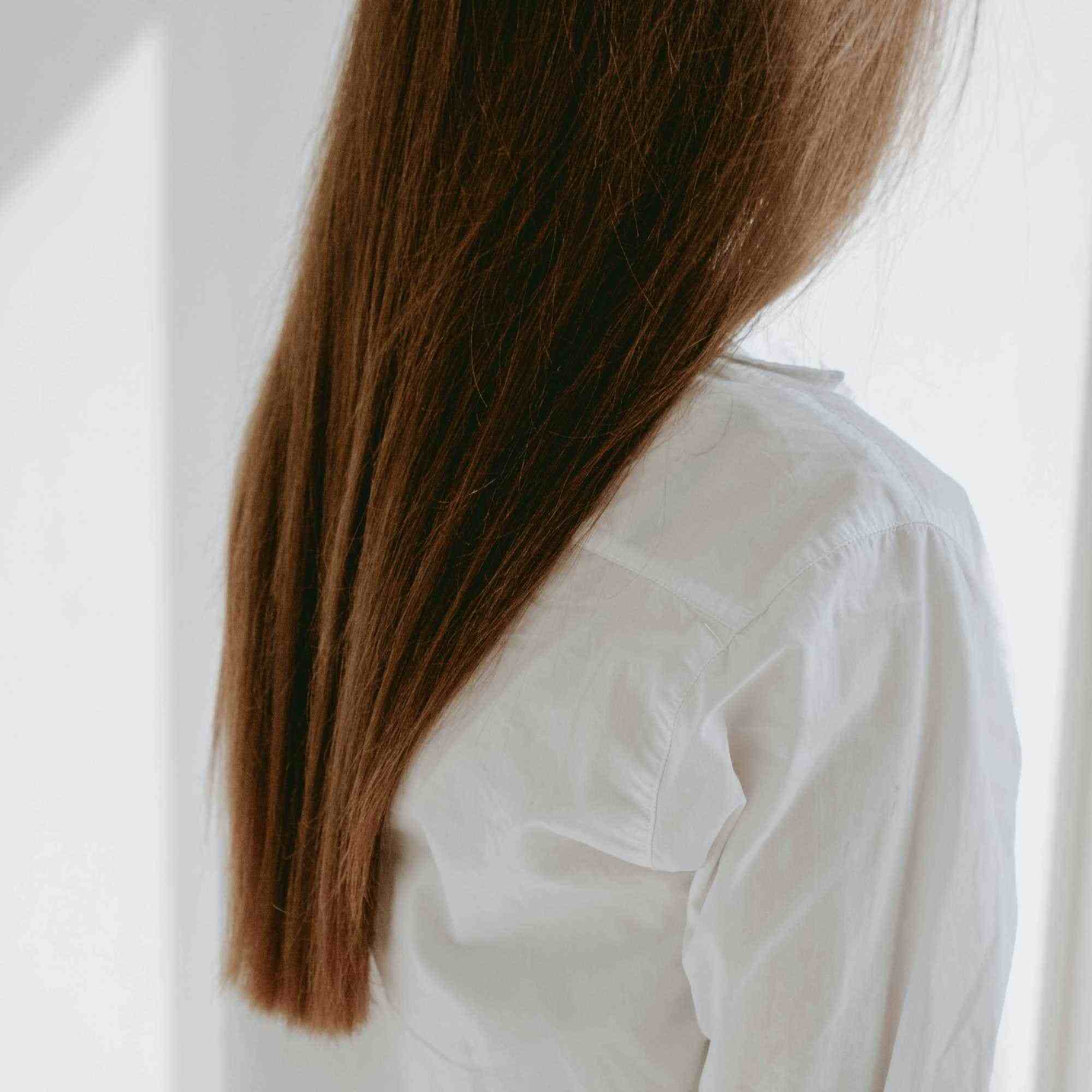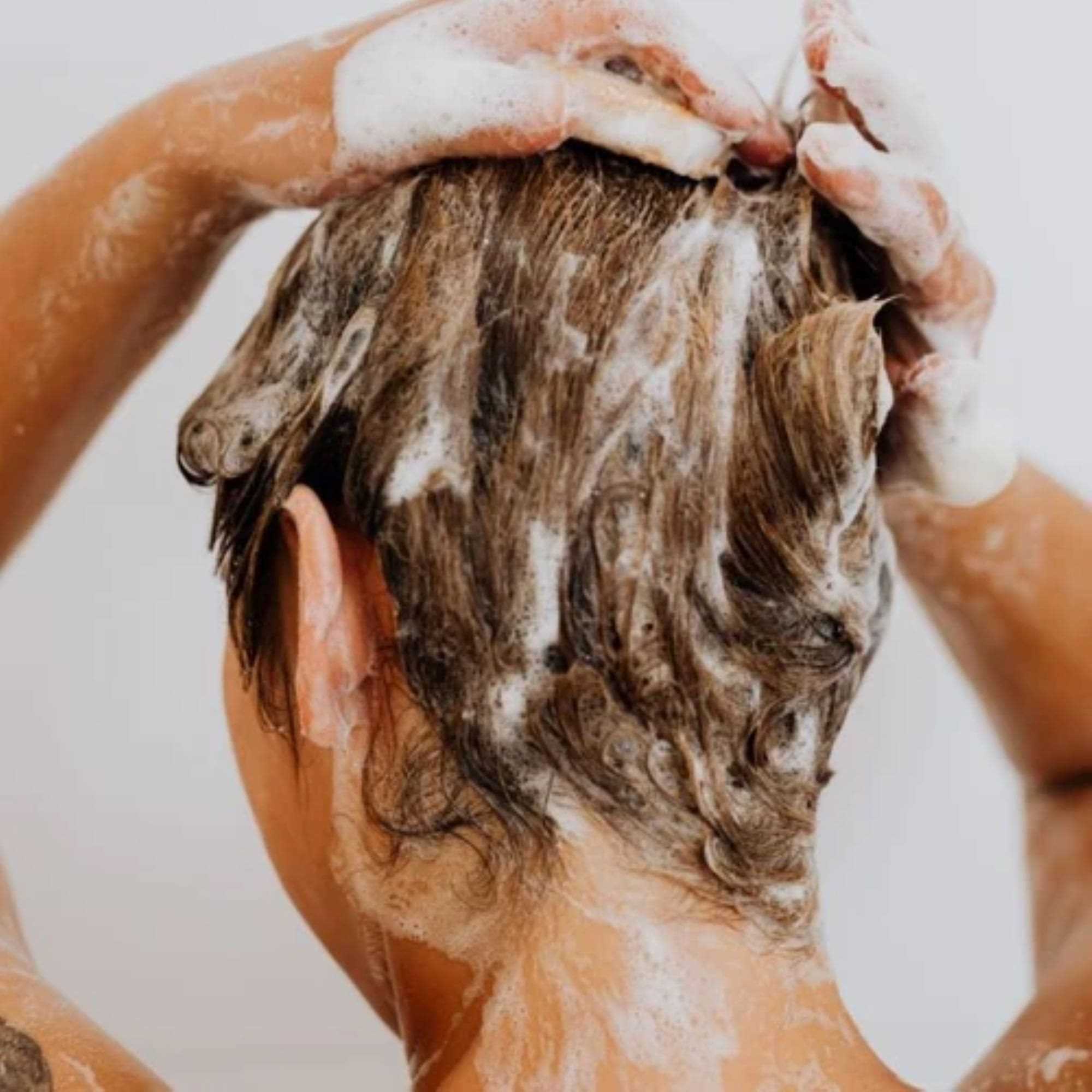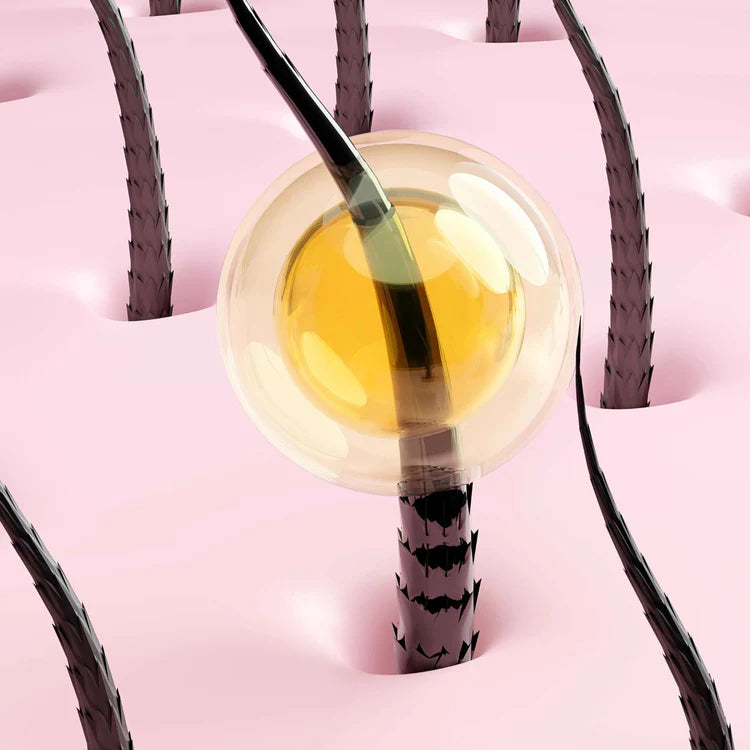Who Hasn't Experienced the Annoying Situation Where Their Hair Stands Up in All Directions at the Slightest Contact with a Garment or a Brush?
Static electricity is a common phenomenon, especially in winter, and it can quickly turn a well-groomed head of hair into an unruly mess that's impossible to tame. But where does static electricity come from? Why are certain types of hair more sensitive to it than others? And most importantly, how can we effectively remedy it? Let's explore the causes and solutions to restore smooth, fluid, and manageable hair.
Why Do Hair Become Electric?
Static electricity occurs when an object accumulates electrical charges without being able to release them. This phenomenon is caused by friction between two surfaces, leading to a transfer of electrons. When one material gives up electrons to another, it becomes positively charged, while the other becomes negatively charged. In the case of hair, this imbalance creates a repulsion between the strands, causing them to rise and refuse to stay in place.
This phenomenon is particularly common in winter, when the air is drier. In fact, humidity allows electrical charges to naturally dissipate, but when the air is too dry, these charges remain trapped on the hair's surface.
Which Hair Types Are Most Affected by Static Electricity?
All hair types can be affected by static electricity, but some are more vulnerable than others:
-
Fine Hair: Its lightness makes it more responsive to electrical charges. As soon as it comes into contact with a garment or scarf, it tends to stand up and float in the air.
-
Dry or Damaged Hair: Healthy hair is naturally covered with a thin layer of sebum, which protects the hair fiber and limits static electricity. However, when hair is dry, damaged, or dehydrated, it becomes more sensitive to electrical charges.
-
Curly or Frizzy Hair: Its spiral structure makes it harder for sebum to distribute evenly, which exacerbates dryness and, consequently, its tendency to develop static electricity.
What Are the Solutions to Avoid Static Electricity in Hair?
Fortunately, there are several solutions to minimize this phenomenon and restore smooth, disciplined hair.
-
Deeply Hydrate the Hair
The first rule for combating static electricity is to ensure proper hydration of the hair. Well-nourished hair is less prone to dryness and therefore less likely to accumulate electrical charges. To do so, it's essential to use a moisturizing shampoo and conditioner suitable for your hair type.
Applying a hair mask once or twice a week is also recommended to maintain good hydration and strengthen the hair fiber.
-
Use Brushes Made of Natural Materials
Plastic brushes tend to generate more static electricity than those made from natural materials. Prefer brushes made of boar bristles or wood, which help distribute sebum along the hair length and limit electrical charges. -
Choose Clothes Made from Natural Fabrics
Clothes made from wool, acrylic, or polyester promote static electricity due to their synthetic composition. To minimize this effect, try to opt for cotton or silk fabrics, which generate less friction with the hair. -
Increase the Humidity in the Air
In winter, dry air encourages the accumulation of static electricity. A simple way to counteract this problem is to use an air humidifier at home, especially in the bedroom. Proper hydration of the scalp can also be supported by drinking enough water throughout the day. -
Use Anti-Static Hair Products
Some hair mists and serums help neutralize static electricity by depositing a light protective film on the hair fiber. You can also apply a drop of hair oil on the lengths to tame rebellious strands.
Silk: A Natural Material Against Static Electricity
Among the most effective natural solutions to prevent static electricity, silk is a valuable ally. Unlike synthetic materials or even cotton, silk has anti-static properties that help reduce the formation of electrical charges on the hair.
Sleeping on a silk pillowcase is an excellent habit to adopt: thanks to its smooth and fluid texture, it reduces friction during the night, thus minimizing hair breakage and static electricity. Furthermore, silk helps maintain the hydration of the hair by preventing the hair fiber from drying out.
Silk accessories, such as caps or scarves, are also very effective in protecting hair from friction and preventing dehydration.
The SILKBIOTIC Hair Care Range: The Essential Ally Against Static Electricity
To provide hair with complete and effective protection against static electricity, SILKBIOTIC Laboratories have developed a hair care range enriched with silk, combining science and nature to gently care for the hair fiber.
-
Silk Shampoo: Formulated to cleanse gently while preserving the hair’s natural hydration. It provides softness and flexibility, thus reducing the risk of static electricity formation.
-
Silk Mask: A true intensive nourishment treatment, this product penetrates deeply to strengthen the hair fiber and limit the effects of dryness.
-
Silk Scalp Serum: An innovative treatment that soothes irritation, protects the skin’s microbiome, and hydrates the scalp, thus preventing dryness that leads to static electricity.
-
Silk Hair Mist: Ideal as a finishing touch, it deposits a light protective veil on the hair, immediately neutralizing electrical charges and leaving the hair shiny and silky.
Thanks to this hair care range, say goodbye to electric and unruly hair! With SILKBIOTIC, adopt a hair care routine inspired by the benefits of silk and enjoy smooth, flexible, and healthy-looking hair.


